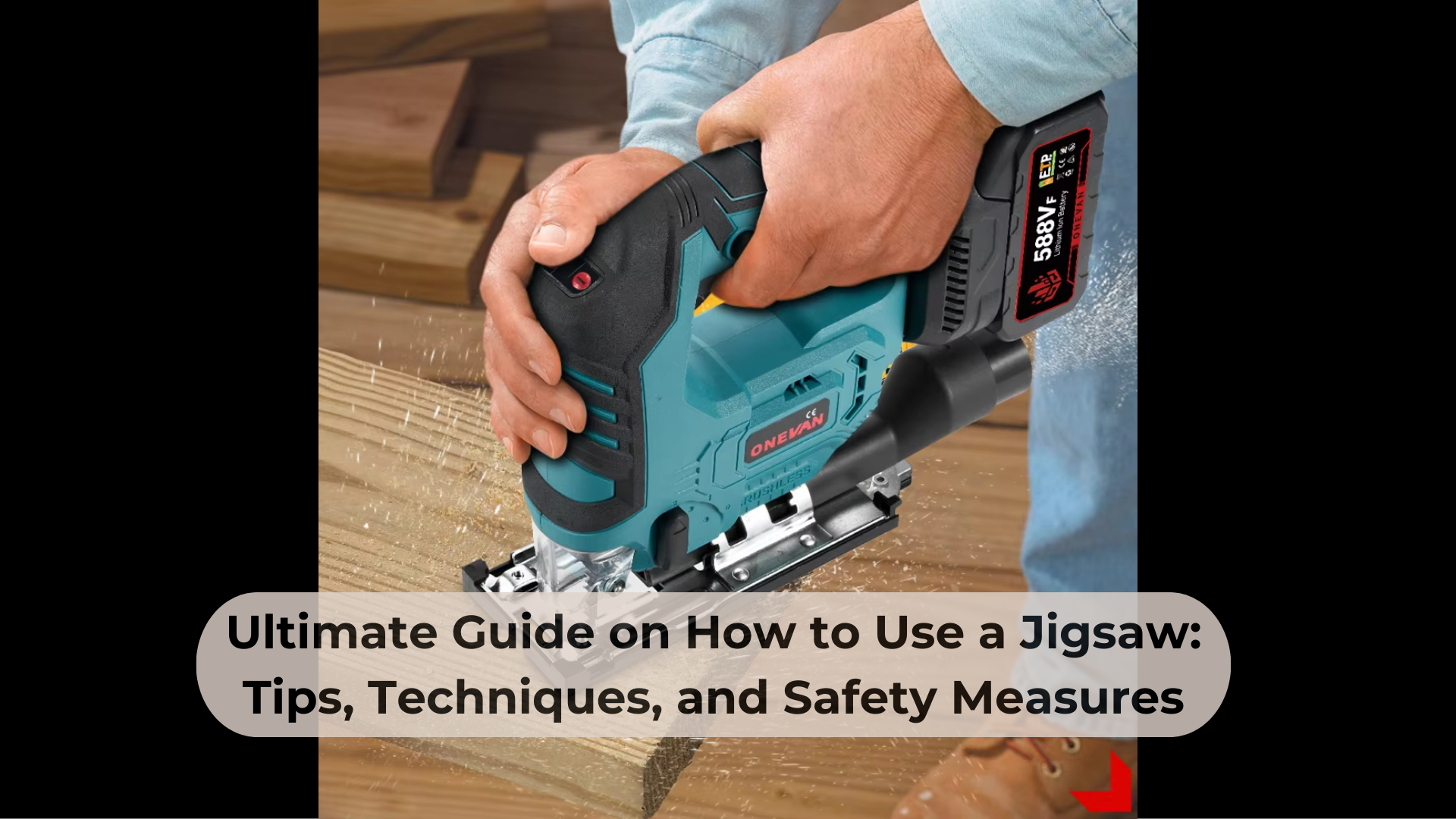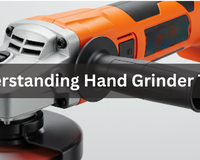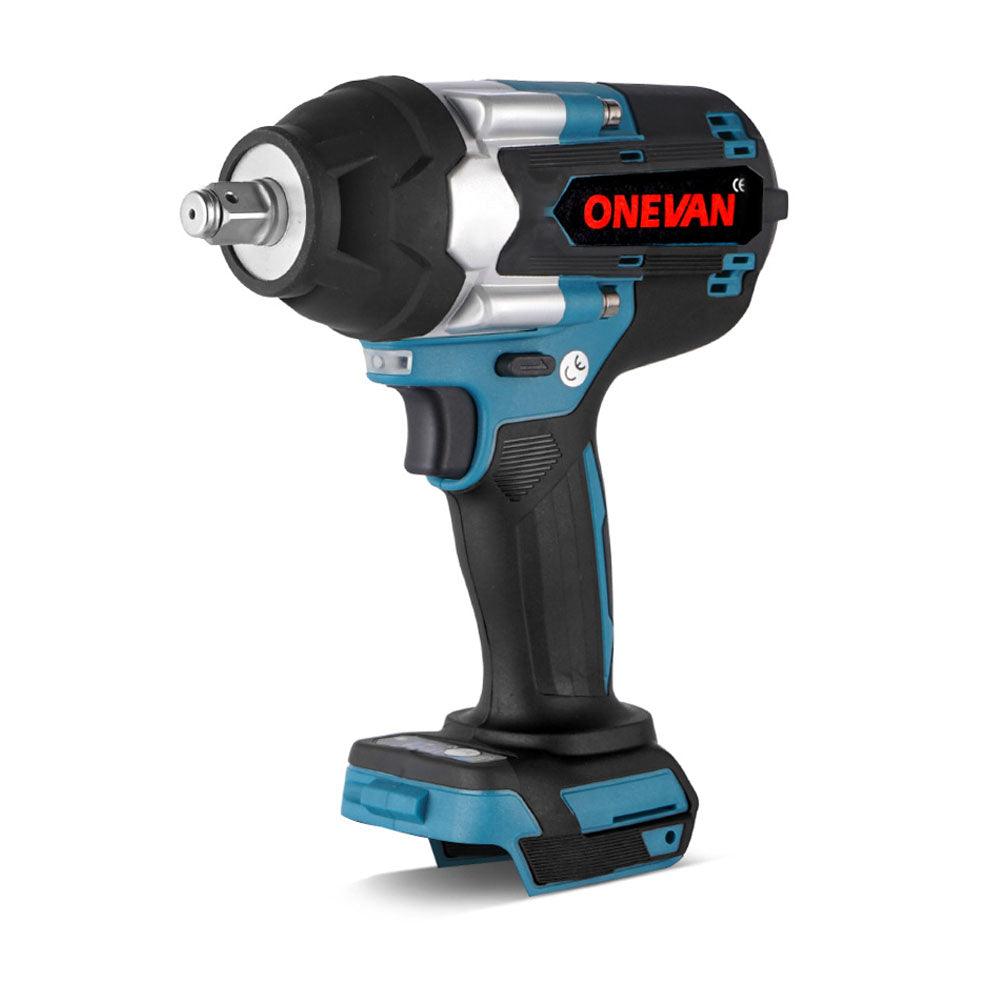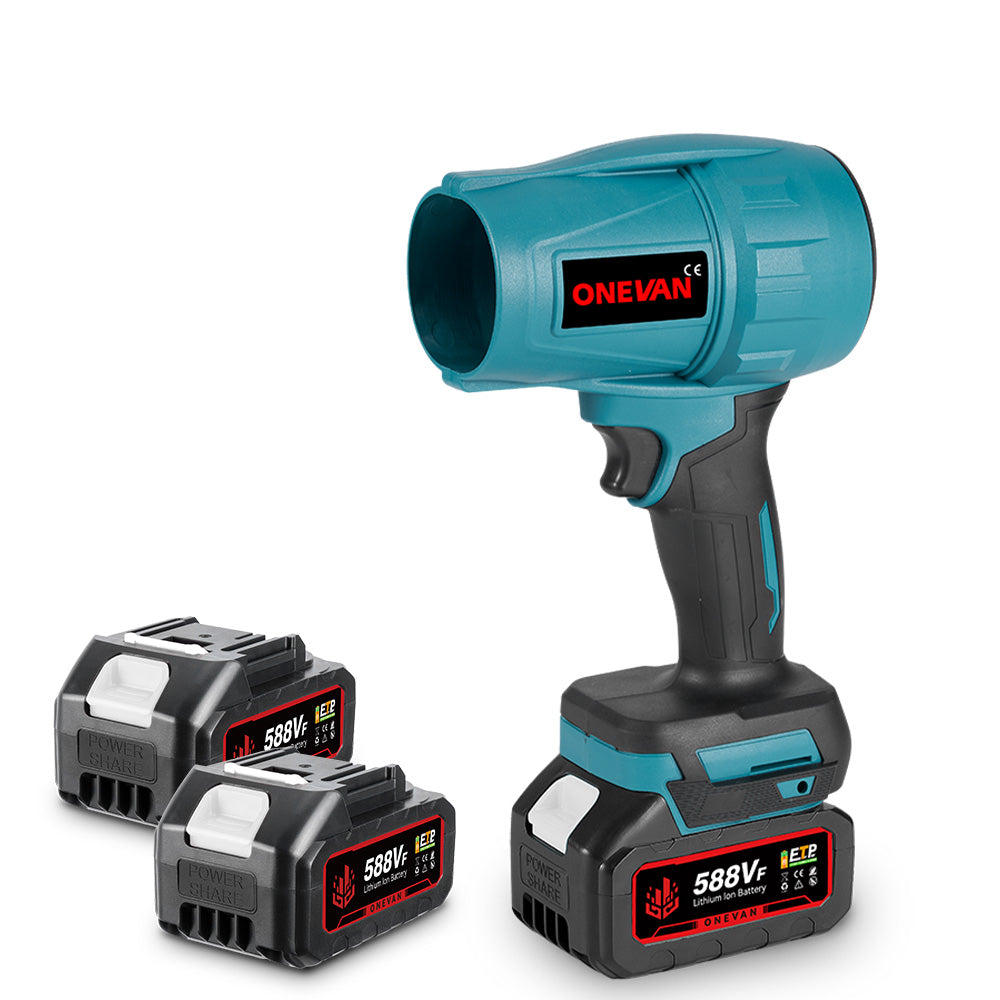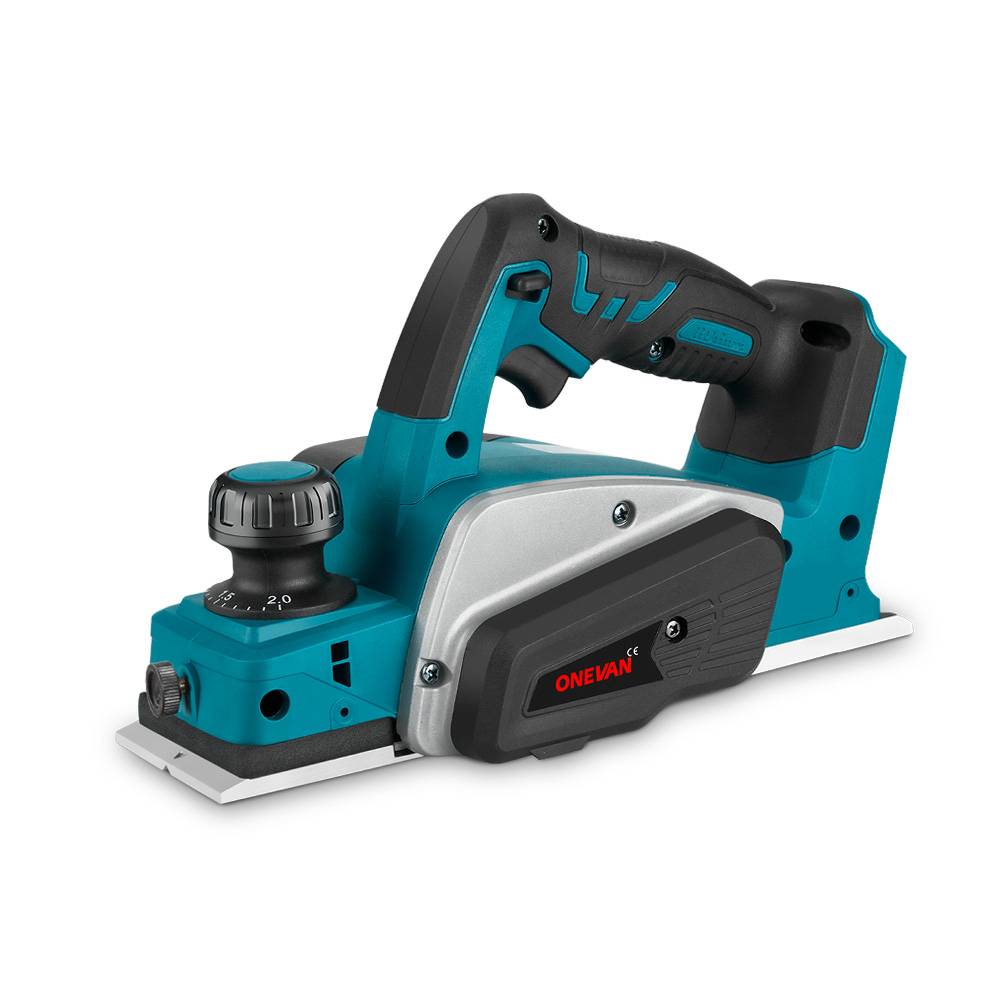1. What is a Jigsaw?
A jigsaw is a versatile power tool equipped with a straight blade that moves up and down, primarily used for making intricate curved and straight cuts in various materials such as wood, metal, and plastic. Jigsaws move their slim, straight blade up and down at different speeds, so you can use them on all kinds of cutting jobs. Whether you are an expert craftsperson or just starting, a jigsaw is an essential addition to any tool collection. Woodworkers, metal workers, and plastic fabricators use it often, as do those working on creative projects. Using an appropriate blade and technique, you can easily cut from fine turns in thin plywood to wide metal sheets.
2. Why Choose a Jigsaw?
People choose jigsaws for their ability to handle a variety of tasks easily. While many saws are good for straight cuts or certain materials, jigsaws are designed to cut many shapes and patterns in wood, metal, plastic, ceramic, and laminate. A small, portable design makes reaching enclosed corners and curved lines much easier. Also, many of the latest jigsaws offer extra options such as speed adjustment, unique orbital cutting, and fast blade changes with no tools needed, which makes them more useful. Jigsaws are generally considered safer to operate than circular or table saws due to their design, and they are a great tool for anyone new to cutting.
3. Understanding Jigsaw Components
Key Parts of a Jigsaw
It is essential to know the basic components of a jigsaw to masterly use it.
- The Blade: The heart of the jigsaw. Blades come in various lengths, widths, and tooth patterns, each designed for specific materials and cutting tasks, ensuring optimal performance.
- The Shoe (Base Plate): This horizontal platform supports that which is being cut and can be slanted in order to allow for bevel cuts. It provides stability and control when cutting is to be carried out.
- Handle and Trigger: With the help of the handle, you can easily hold the jigsaw firmly while the trigger regulates the speed. Some of these models have a lock-on feature for long use.
- Orbital Action Dial: This setting is available in sophisticated models and regulates the aggressiveness of the movements of the blade. A higher orbit setting requires faster cutting, and a lower orbit setting gives cleaner cuts.
- Dust Blower or Extraction Port: The dust blower or extraction port helps maintain visibility of the cutting line by clearing away debris , it can also be connected to a vacuum for a cleaner work area.
Types of Jigsaws
In general, there are two primary types of jigsaws, namely;
- Corded Jigsaws: They are electric and are run by a power cord. They provide more power and are suitable for heavy-duty or continuous use. Corded models are dependable, especially when working on projects requiring continuous energy output.
- Cordless Jigsaws: Fueled by rechargeable batteries, cordless jigsaws offer more mobility and are ideal for remote job sites or more short-lived projects. Newer cordless jigsaws benefit from advancements in lithium-ion battery technology, offering improved battery life and enhanced cutting power.
ONEVAN produces cordless jigsaws, aiming for great performance, sturdiness, and comfortable use. The ergonomic handles, the variable speed options, and fast blade changes on their jigsaws make them a good choice for anyone, from beginners to professionals. Whether a personal improvement job or a big carpentry task, you can rely on an ONEVAN jigsaw for power and precision.
4. Types of Jigsaw Blades
Jigsaw Blade Types by Material
Choosing the correct blade for the specific material and cutting task is crucial for achieving optimal results.
- Wood Jigsaw Blades: They come with larger teeth placed far apart to help you cut through softwoods and plywood as quickly and efficiently as possible.
- Metal Jigsaw Blades: Finer, steel or bi-metal teeth on these blades help cut aluminum, steel, and other metals without them becoming dull fast.
- Plastic Jigsaw Blades: Such blades are built with medium-sized teeth and proper spacing to prevent plastic from melting or chipping.
- Ceramic and Glass Blades: Typically featuring tungsten carbide grit instead of traditional teeth, these blades are designed to cut through tiles and glass with minimal risk of cracking when used properly.
Blade Jigsaw Types by Design
- U-Shank Jigsaw Blades: Identified by a U-shaped top, these blades are compatible with older jigsaw models. They are usually changed using tools.
- T-Shank Jigsaw Blades: They are now most commonly used with most jigsaws today. You can change these blades easily without the need for tools.
- Plunge Jigsaw Blades: Most suitable for cutting right into a material at any point, not requiring a hole saw or drill. They are usually slim for better precision while cutting.
Specialty Blades
- Multi-Purpose Blades: Designed to cut through wood, metal, and plastic efficiently, making them convenient for a variety of applications.
- Scroll Blades: Scroll blades are thin and flexible, perfect for difficult and delicate cuts.
- Fast-Cutting Blades: The teeth design is intense about hard and fast cuts, particularly during demolition or construction jobs.
Choosing the Right Jigsaw Blade
You must choose the right jigsaw blade depending on the material being cut, the kind of the cut you require, and your requirement of the finish. The ONEVAN jigsaw blades are numerous and available in various sizes so as to enable getting accurate and efficient results for whatever task at hand.
5. Preparing for Your Jigsaw Project
Safety Gear and Precautions
The danger of the power tools use and the same is applicable to the jigsaws. Hereunder are the ways through which you can be able to avoid injuring yourself when cutting.
- Wear Safety Goggles: To protect the eyes from debris and dust, goggles of the eyes should be worn.
- Use Work Gloves: These facilitate grasping the material and keeping your hands far from sharp things and trembling.
- Wear a Dust Mask: This is especially important when working with MDF or treated woods, as they can produce harmful dust particles that may pose health risks when inhaled.
- Hearing Protection: Since jigsaws can be quite noisy, it is advisable to wear hearing protection during prolonged use to prevent potential hearing loss.
- Avoid Loose Clothing and Jewelry: There is an opportunity that they might get stuck in the tool while cutting them.
Always prioritize safety by ensuring the power source is turned off, or the battery is removed before making any adjustments. Switch off and unplug the jigsaw before interchanging the blade or changing the settings.
Setting Up Your Workspace
- Stable Work Surface: Ensure your material is placed on a stable workbench or table to provide adequate support and prevent movement during cutting.
- Lighting: When there is ample light then it becomes easier to follow and make corrections to your cuts.
- Clamp Your Workpiece: Clamp down your material well. It avoids the material from moving so that your cuts are done in a neat and accurate manner.
- Clear the Area: Clean up your grounds by removing unnecessary things in order not to trip or get distracted when you are cutting.
6. Step-by-Step Guide to Using a Jigsaw
Marking Your Cut Line
Be sure to mark your cutting line before cutting the material.
- Use Measuring Tools: A combination square, ruler, or tape measure is what you use to make your cut line accurate.
- Draw Clear Guidelines: Mark your cut line with pencil or chalk to ensure clarity.
- Template or Pattern: If you need to cut curved or complicated shapes, put a stencil or a printed pattern on the material and draw along.
Installing the Blade
- Unplug or Power Off a Jigsaw. Safety comes first.
- Open the Blade Clamp: In the case of the model, it can be a lever or screw.
- Insert the Blade: Ensure the teeth are facing forward in the blade clamp and that the blade is securely seated in place.
- Secure the Clamp: Secure the blade into place and give it a nice little yank to ensure it won’t come loose.
With tool-free blade change systems, modern-day jigsaws from ONEVAN make this even easier; thus, downtime is reduced, and productivity increases.
Making the Cut
- Start Slow: Begin with a lower speed to guide the blade onto the material.
- Follow the Line: Keep your eye on the cut line and guide the tool steadily.
- Let the Tool Work: Don’t force the jigsaw. Apply gentle forward pressure and let the blade cut.
- Control the Speed: Adjust speed based on material type—slower for metals and harder woods, faster for soft materials.
Techniques for Different Cuts
- Straight Cuts: Use a guide fence or straight edge for accuracy. A high orbital setting can help speed up the cut.
- Curved Cuts: Use narrow, scroll-type blades for tight curves. Go slow and pivot gently to follow the curve.
- Depth Cuts: Adjust the blade depth according to the material thickness. Do not extend too far beyond the bottom surface to prevent binding.
- Bevel Cuts: Tilt the jigsaw’s shoe up to 45 degrees for angled cuts. Mark the angle clearly before starting.
- Plunge Cuts: Tilt the jigsaw forward on the shoe’s front edge and slowly dip the blade into the material.
7. Maintenance and Care for Your Jigsaw
Regular Maintenance Tips
The right maintenance guarantees the life and function of your jigsaw.
- Clean After Every Use: With the help of a dry cloth, dust and debris should be cleaned from the body and blade section.
- Check the Blade: Look for wear, dullness, or damage. Change the blades that are bent or broken.
- Inspect Power cords and battery packs: Make sure that there are no frays and that wires are only intact in corded models. Keep batteries charged and store them in a cool, dry location for cordless Jigsaw.
- Lubricate Moving Parts: Regularly apply light machine oil to the blade clamp and shoe adjustment areas to ensure smooth operation and longevity.
- Store Properly: Store your jigsaw in a protective case or a dry, clean toolbox to prevent dust and moisture damage.
ONEVAN jigsaws are designed to be durable, but regular inspections and attention will always increase the life and productivity of your tools.
8. Conclusion
The skills of using a jigsaw boil down to knowing its components, selecting an appropriate blade, and observing important safety skills. Regardless, preparation and technique can make a tremendous difference when making straight, curved, and bevel cuts. Always use protective gear, clamp all your materials, and have an organized working space. Routine care – cleaning the tool and checking the blade – maintains your jigsaw in great shape. If you need to develop your skills even more, pay attention to online tutorials, user manuals, or community forums, which can provide useful insights and tips. Armed with the correct knowledge and treatment, a jigsaw can be one of the best elements in your workshop.
Moving forward with jigsaw woodworking or metal cutting, you need to sharpen your skills and gain fluency with the potential of your tool. Do not be scared to experiment with the type of blades you use, materials, and cutting techniques to appreciate how your jigsaw works under different circumstances. With consistent practice and training, you can improve your skills in making complex cuts such as intricate scrolls, precise plunge entries, and clean bevel cuts. Pairing the right jigsaw with an appropriate blade significantly impacts both the efficiency of your cuts and the overall quality of your finished work. In addition, develop a habit of being updated by reading the latest manuals, watching tutorials by experts, or checking DIY and professional tool forums. These resources provide useful recommendations and troubleshooting hints that can help you to use your jigsaw more effectively, care for it properly, and thus attain professional-level results in your projects.
Tags:
jigsaw guide, how to use a jigsaw, jigsaw tips, jigsaw techniques, jigsaw safety, cutting with jigsaw, woodworking tools, jigsaw tricks, jigsaw blades, power tool guide, DIY jigsaw use, jigsaw beginner tips, jigsaw cutting guide, jigsaw safety tips, jigsaw tool tutorial

